The future of cars at CES 2017
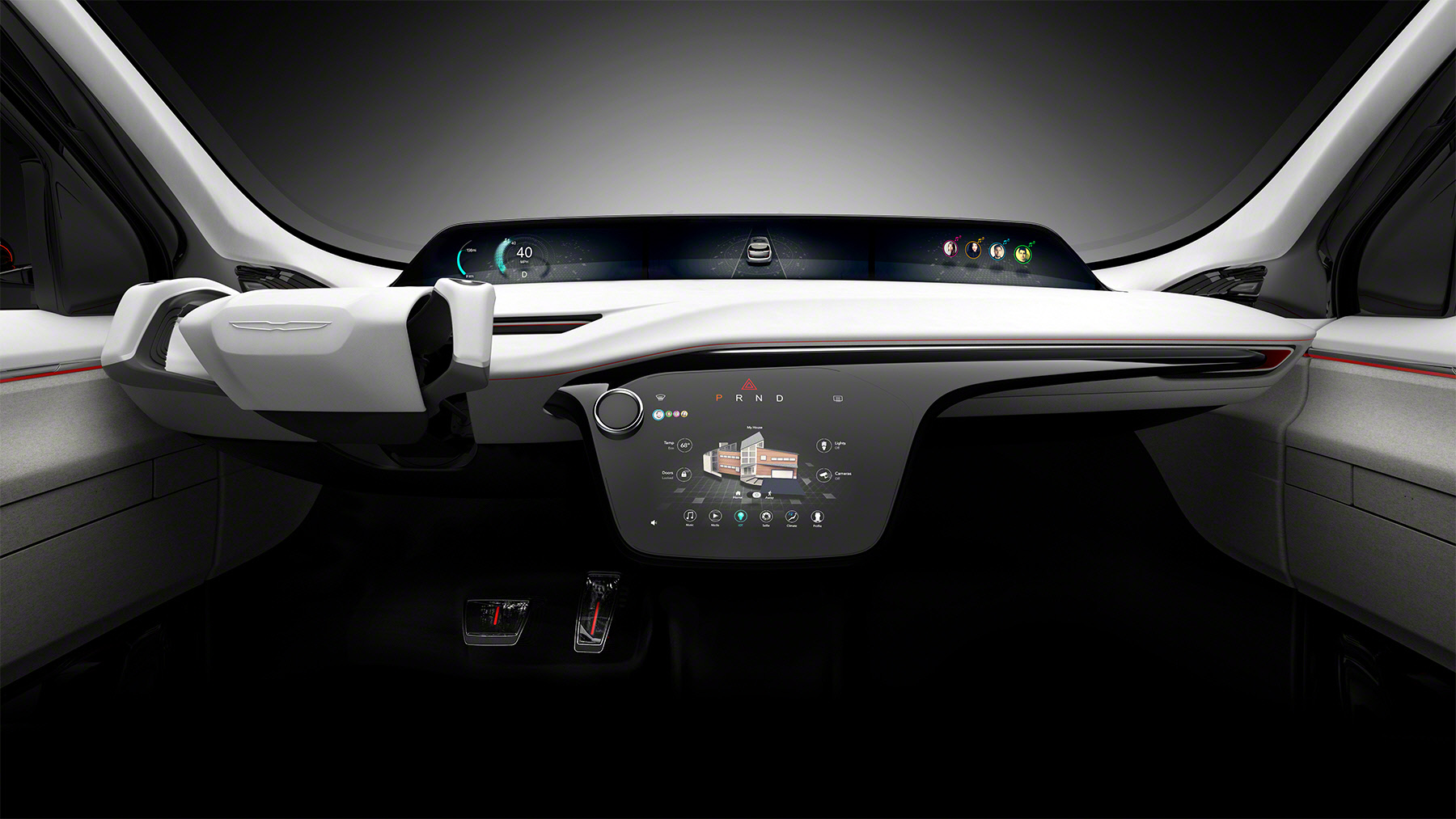
One of the main events in the high-tech industry that sets the tone for the whole year is the CES, Consumer Electronics Show. Here traditionally show the most advanced gadgets, devices, devices and technologies. Today we decided to pay attention to what a bright future automakers promise us. If you still have doubts that unmanned vehicles will gradually be driven out by man-driven ones, then it is time to drop them. The future is for drones. By the way, it is very likely that we will have a gradual transition to electric vehicles. These two trends are convincingly shown by the development of automakers, presented at CES.
SAM
For example, Nissan introduced technology to create unmanned vehicles SAM - Seamless Autonomous Mobility . In short: on the roads, it often happens that an unmanned vehicle cannot independently correctly assess an emergency situation. For example, when approaching the scene of an accident, a police officer regulates traffic with gestures. How does the machine understand what is happening? Indeed, from the point of view of algorithms, a person standing on the roadway can be both a pedestrian and an inanimate obstacle, and it is necessary to act in such cases in different ways. Thanks to SAM, a car can recognize abnormal situations and, having stopped driving and not trying to make a decision on its own, request wireless help from the command center. The request goes to one of the human operators located in the center. The operator assesses the situation according to the information from the sensors and surveillance cameras with which the unmanned vehicle is equipped, and “draws” on the screen the way in which the car needs to move. After going outside the emergency zone, the autopilot turns on again. At the same time, the solution found by the operator is automatically transferred to other unmanned vehicles that request assistance from the command center.

')
Intel GO
Of course, the creation of unmanned vehicles would be impossible without the lively participation of IT-corporations. A vivid example is the platform for creating Intel GO autosurgeons:
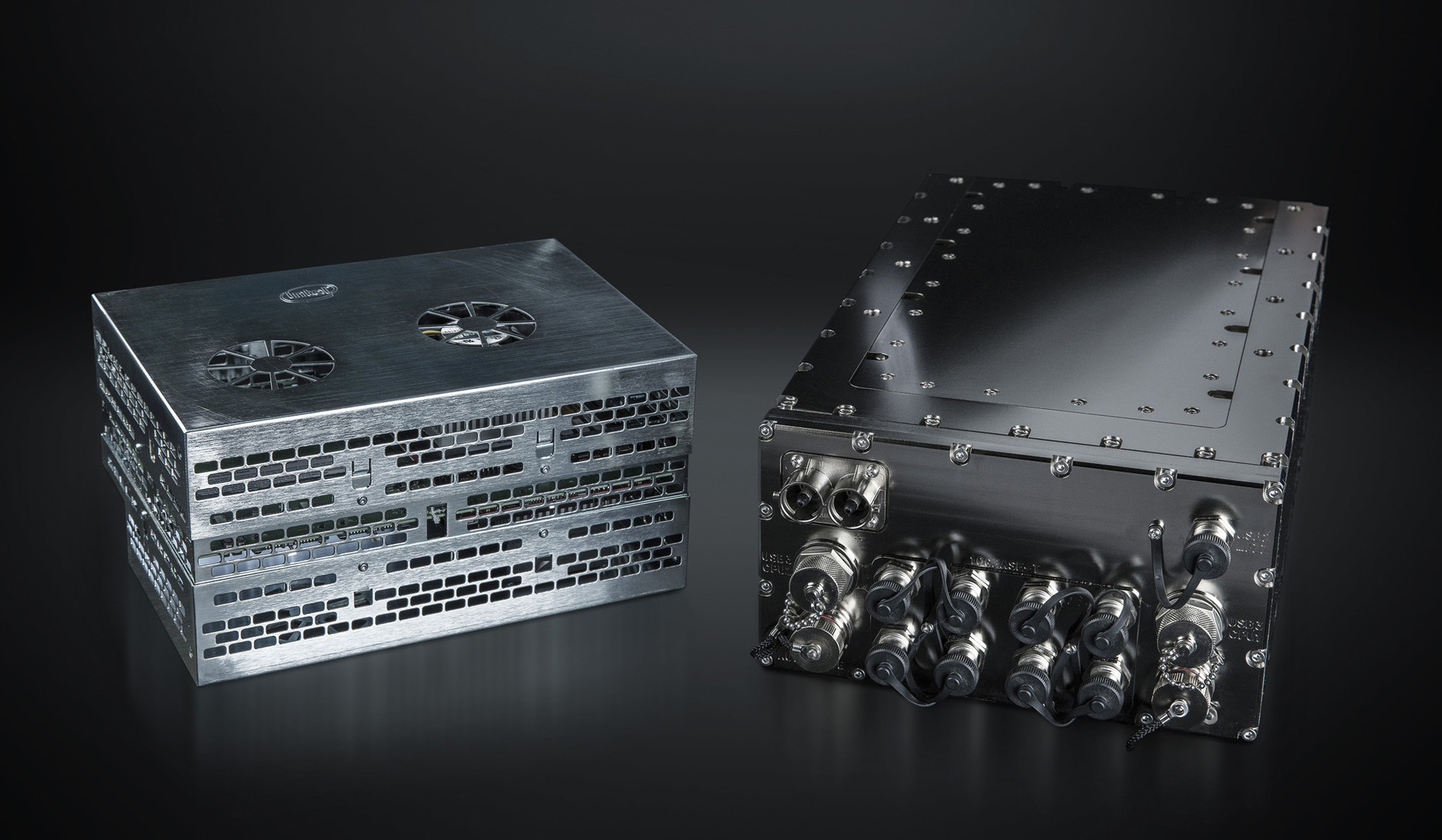
Its widespread distribution is expected in the 2020s, with the massive introduction of 5G communications. In essence, this is a software and hardware complex that brings “intelligence” into the car. With Intel GO comes a software toolkit with which the system can be customized for a specific machine model. One of the elements of this system - the technology of automatic maneuvering - has already been introduced into the BMW i8 Roadster electric car.

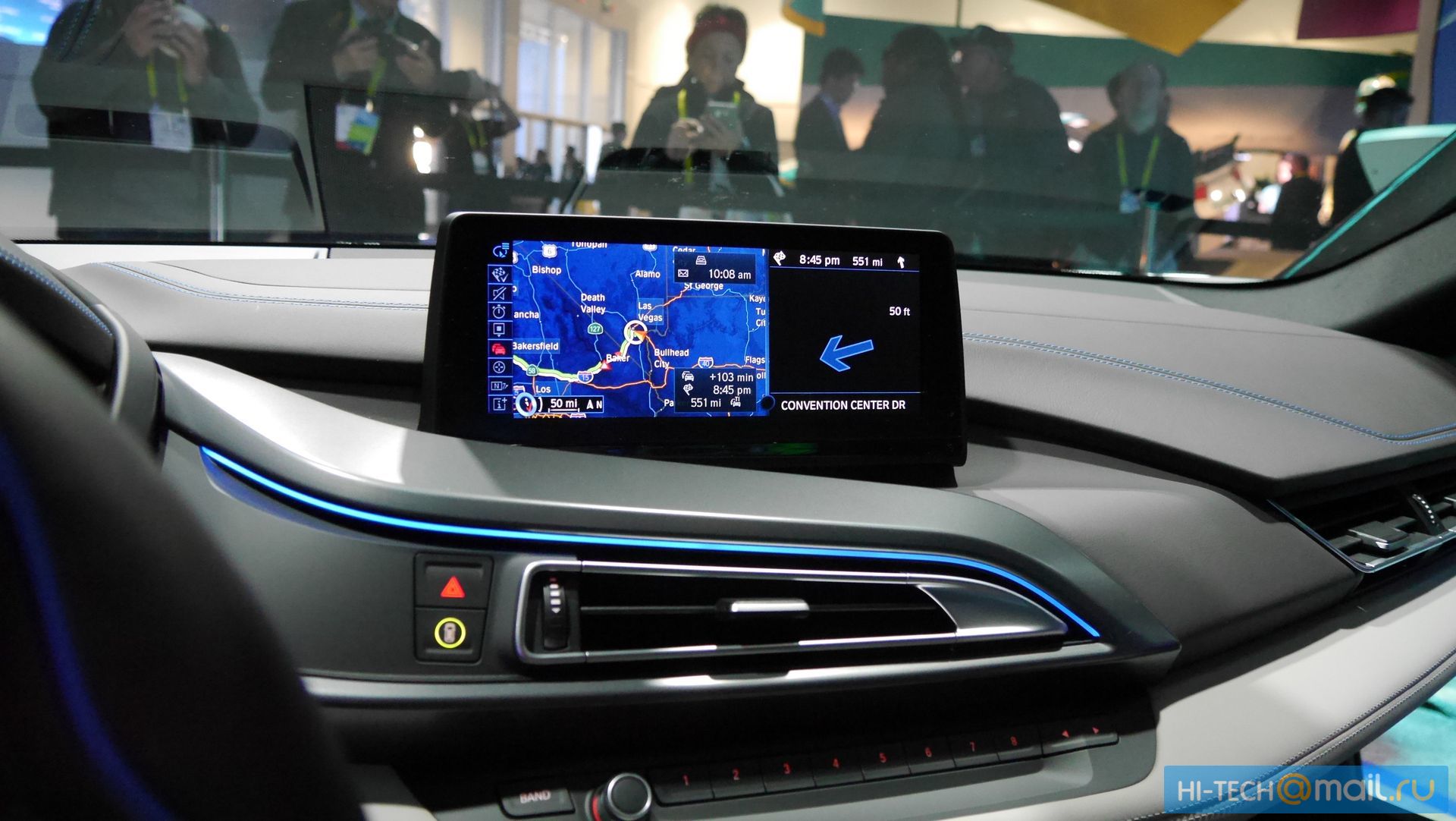
Energogibrid
Today the conditional scale of the autonomy of unmanned vehicles has been developed. Within this scale, one of six classes can be assigned to cars, from 0 to 5: 0 - the machine is not automated at all, 5 - it will never be necessary for a person. The most advanced models of the brand Tesla have a class of autonomy 3. Ford also showed at the exhibition an even more “brainy” car, the fourth class - Fusion Hybrid.

For orientation in space, the machine is equipped with lidars with a range of 180 m, radars and cameras. Electronic "brains" are in the trunk, they are able to process the flow of incoming data up to 1 terabyte per hour.

Faraday of the future
A Tesla competitor, the electric car Faraday Future FF 91, was presented at the exhibition. They promise that its mass production will begin next year, and the cost will be about $ 150 thousand. The car will be equipped with automatic parking functions and driver recognition by face.
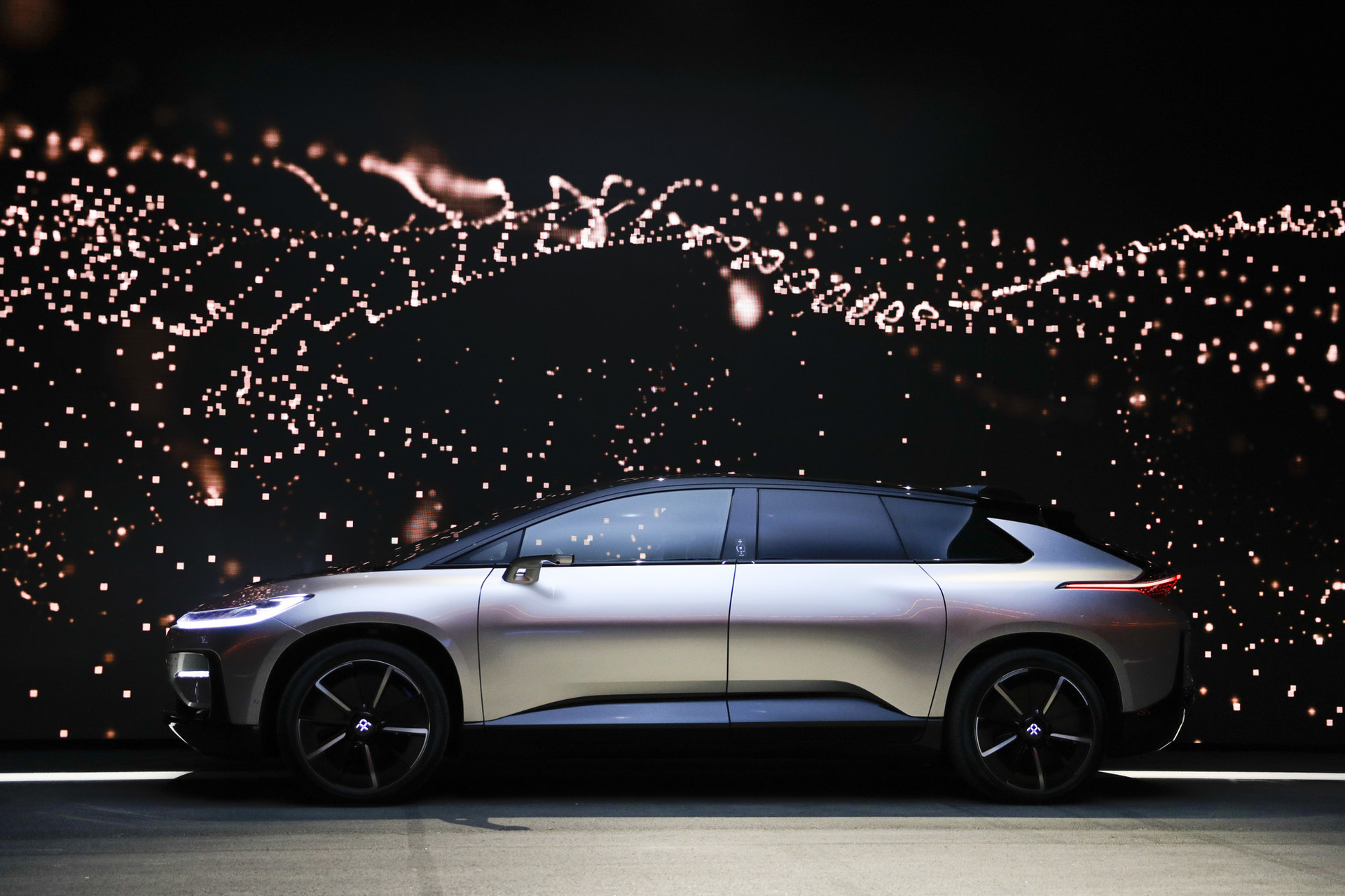

Faraday accelerates to "hundreds" in just 2.39 seconds, the battery capacity should be enough for 600 km, and a full charge takes 45 minutes.
Chrysler portal
The advanced Chrysler Portal minivan drone has an unusual design, stylishly opening doors and a "cosmic" interior. On one charge, the car can travel up to 400 km, and “fast charging” for 20 minutes will give a cruising range of 250 km.
True, while this is only a concept, but I would like to hope that the car will go into a series, and in this form.
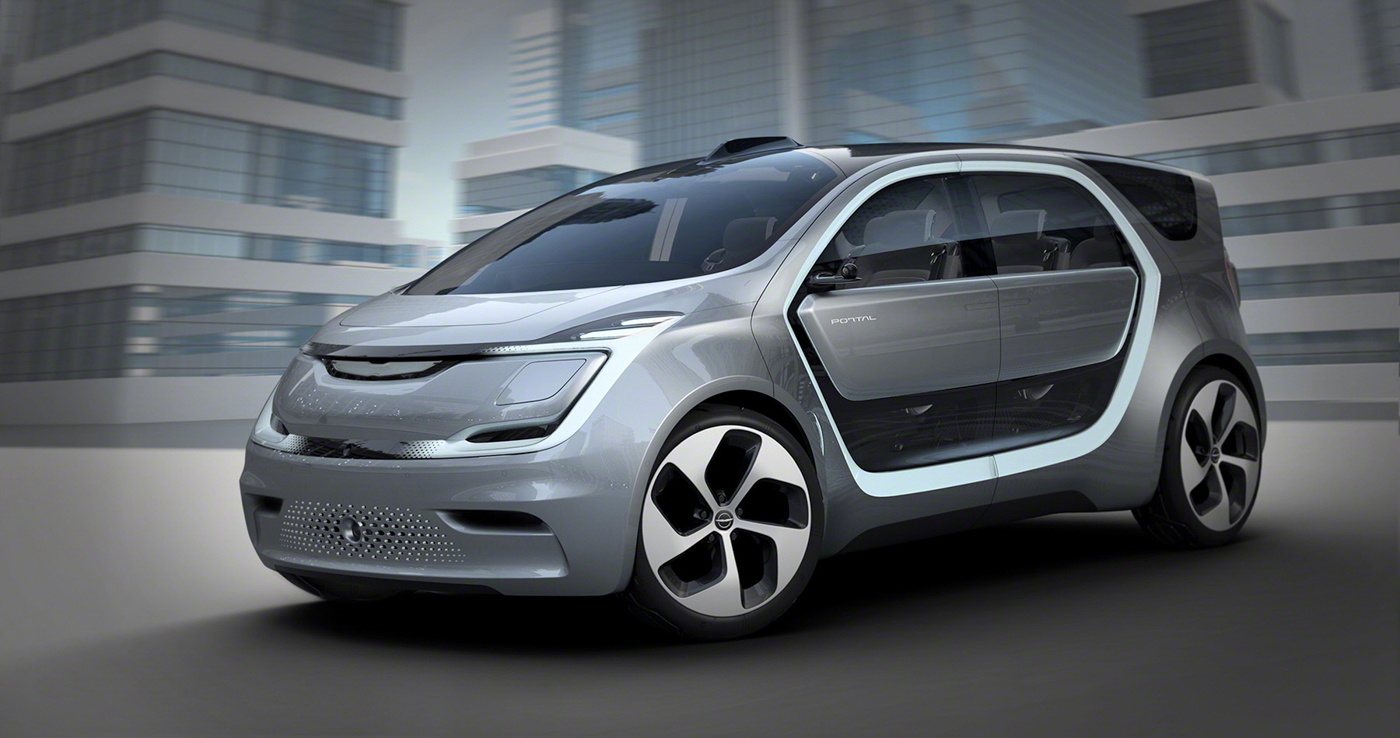
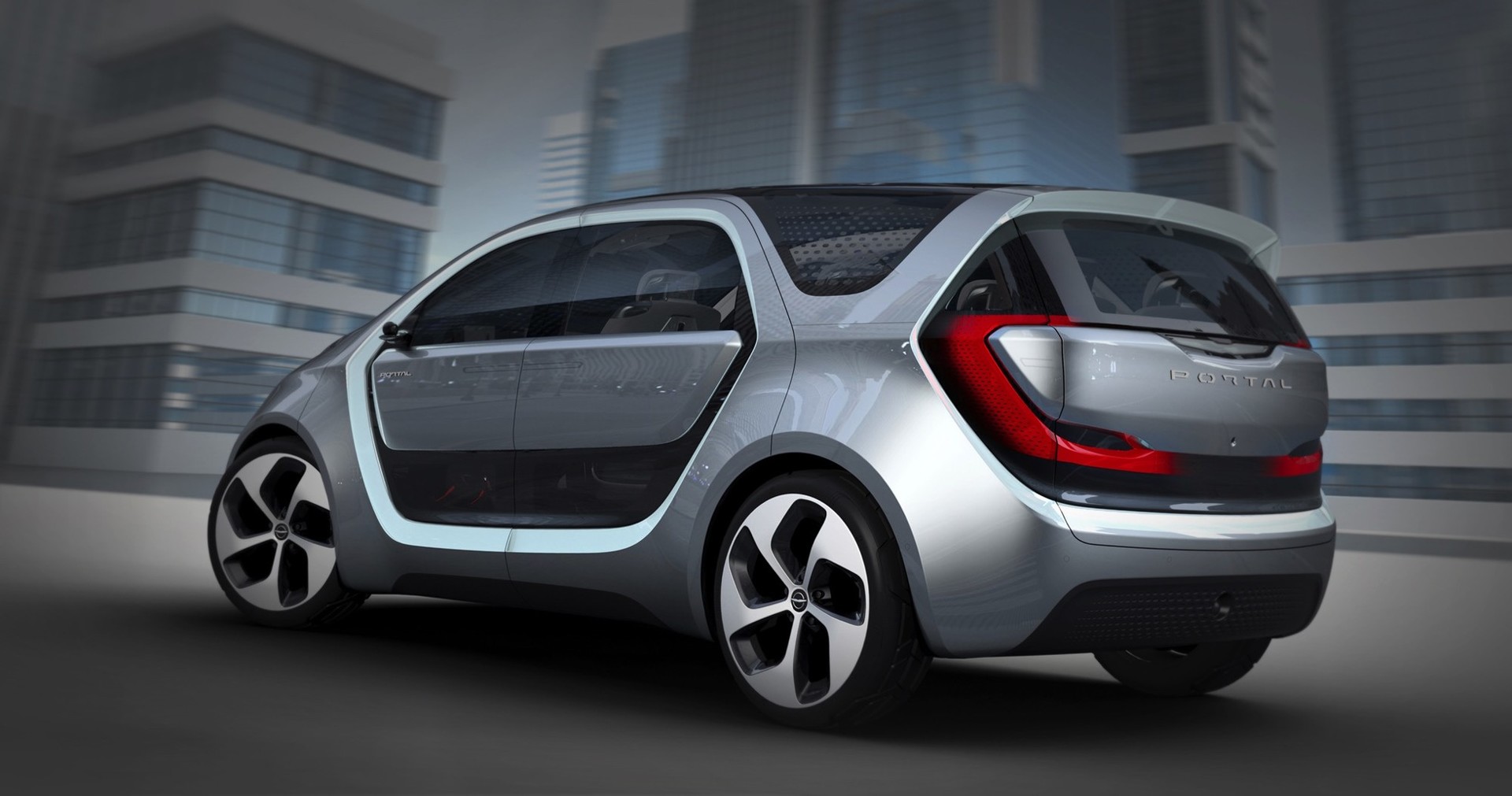
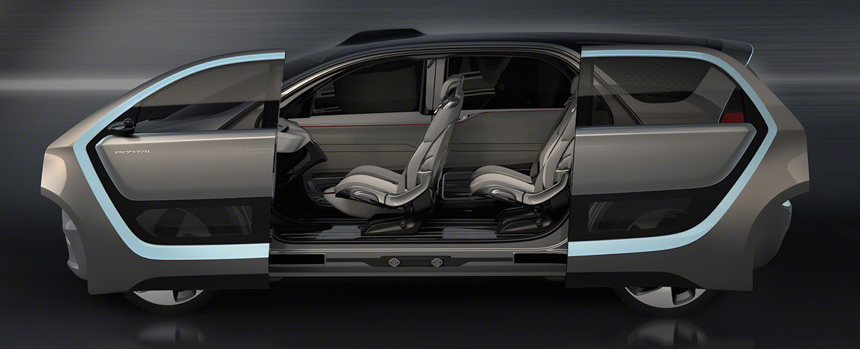
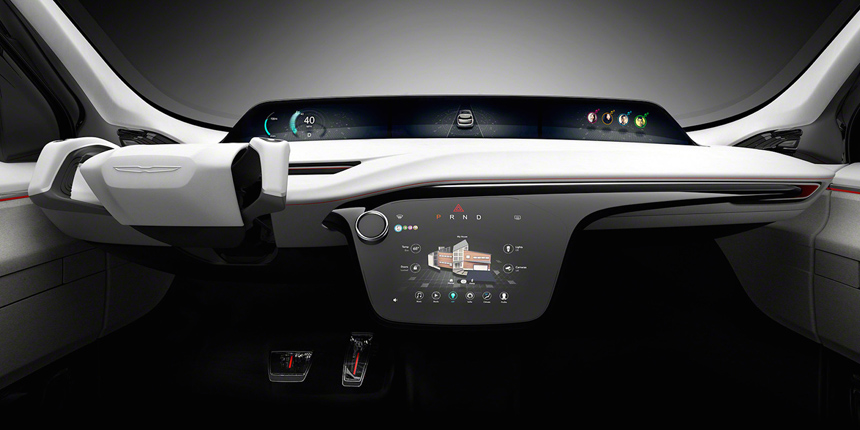
UAVs named Nvidia
The video card manufacturer, together with Audi, is actively involved in the approach of a bright automotive future. Companies create a fourth-class drone autonomy, based on the ZF ProAI system, which in turn is based on the Nvidia Drive PX 2 car computer.

The work of Drive PX 2 is demonstrated on the demo mobile BB8 created in Nvidia:
Not only “intelligence” is important
Breaking ground with unmanned vehicles have already gone, many major manufacturers. But they do not forget about such a classic component of the cars of the future, as a bold, futuristic design:
Concept Toyota Concept- 愛 i:
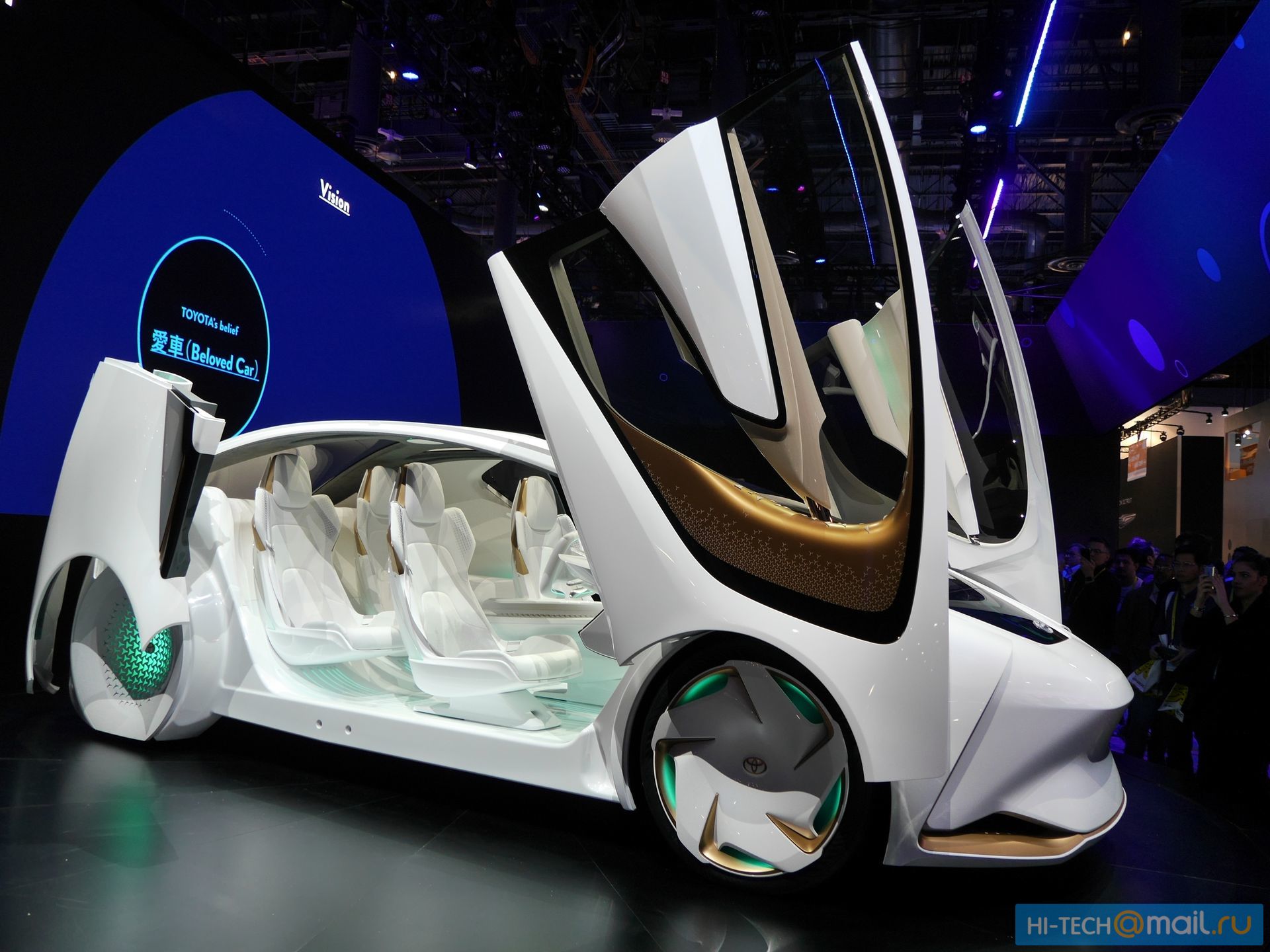
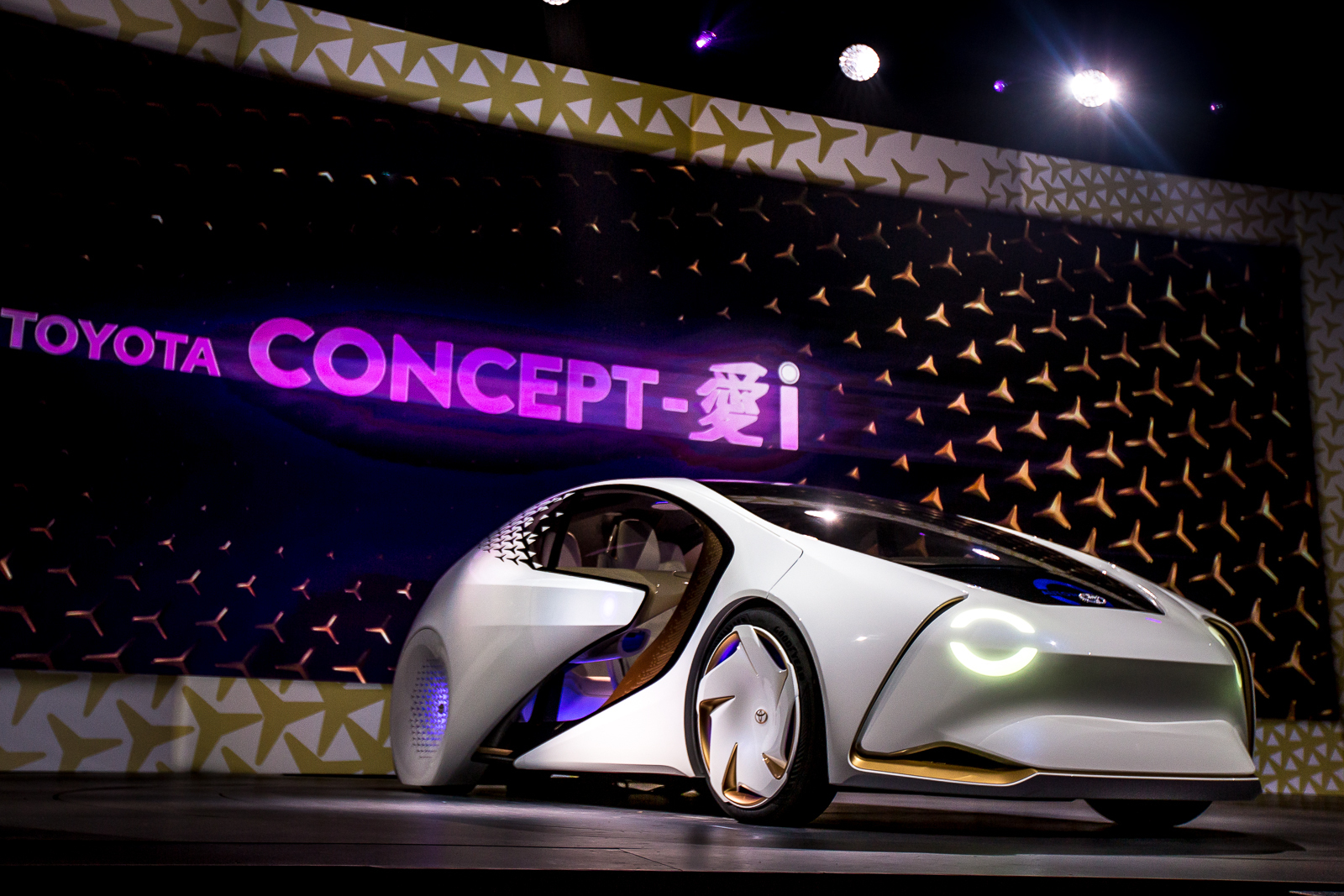
The car is equipped with artificial intelligence named Yui, with which the driver communicates with his voice.
The concept of an electric Nissan BladeGlider (acceleration to the "hundred" in less than 5 seconds). The design of the car was created in 2013, and three years later embodied in the gland.
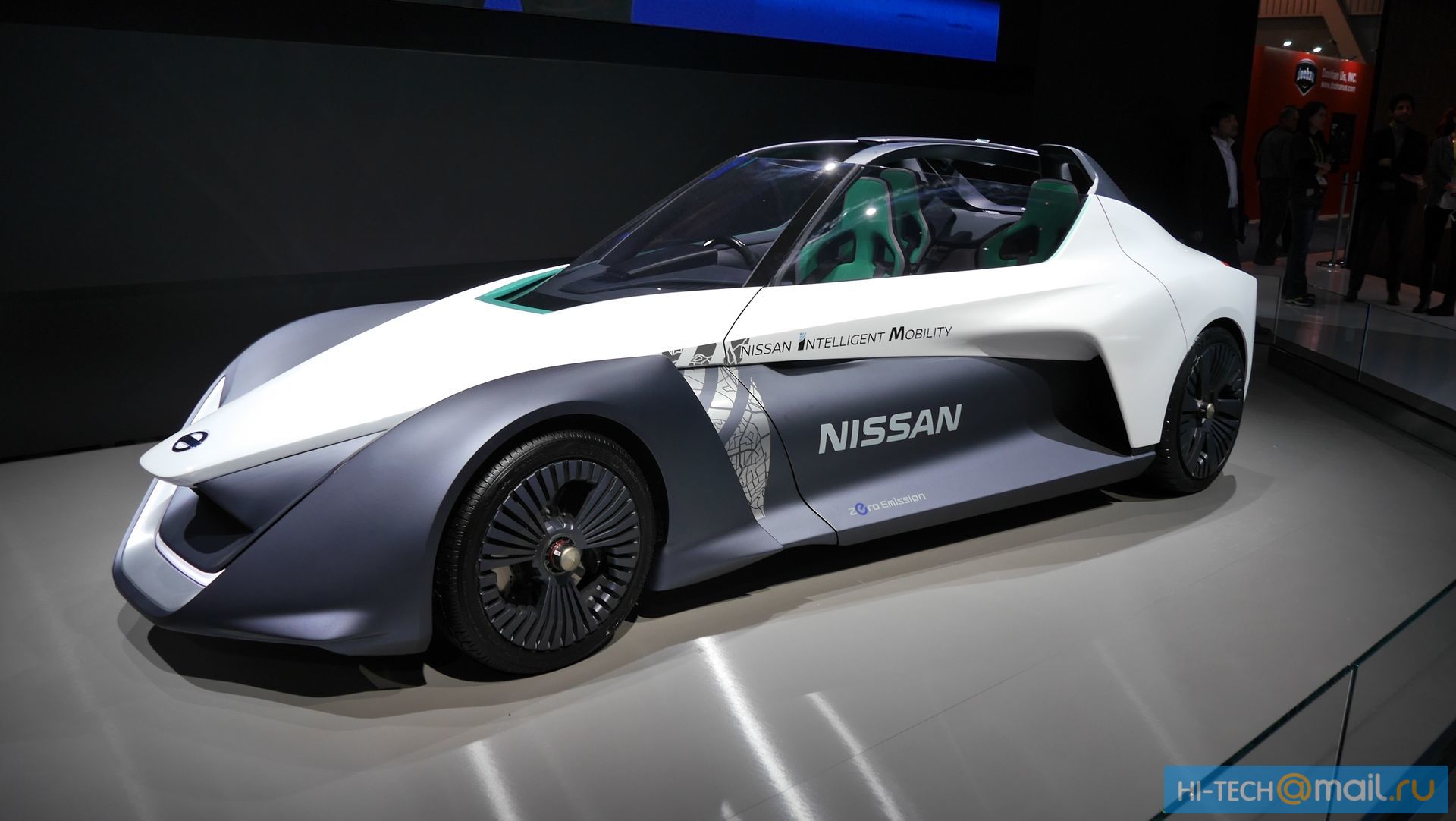
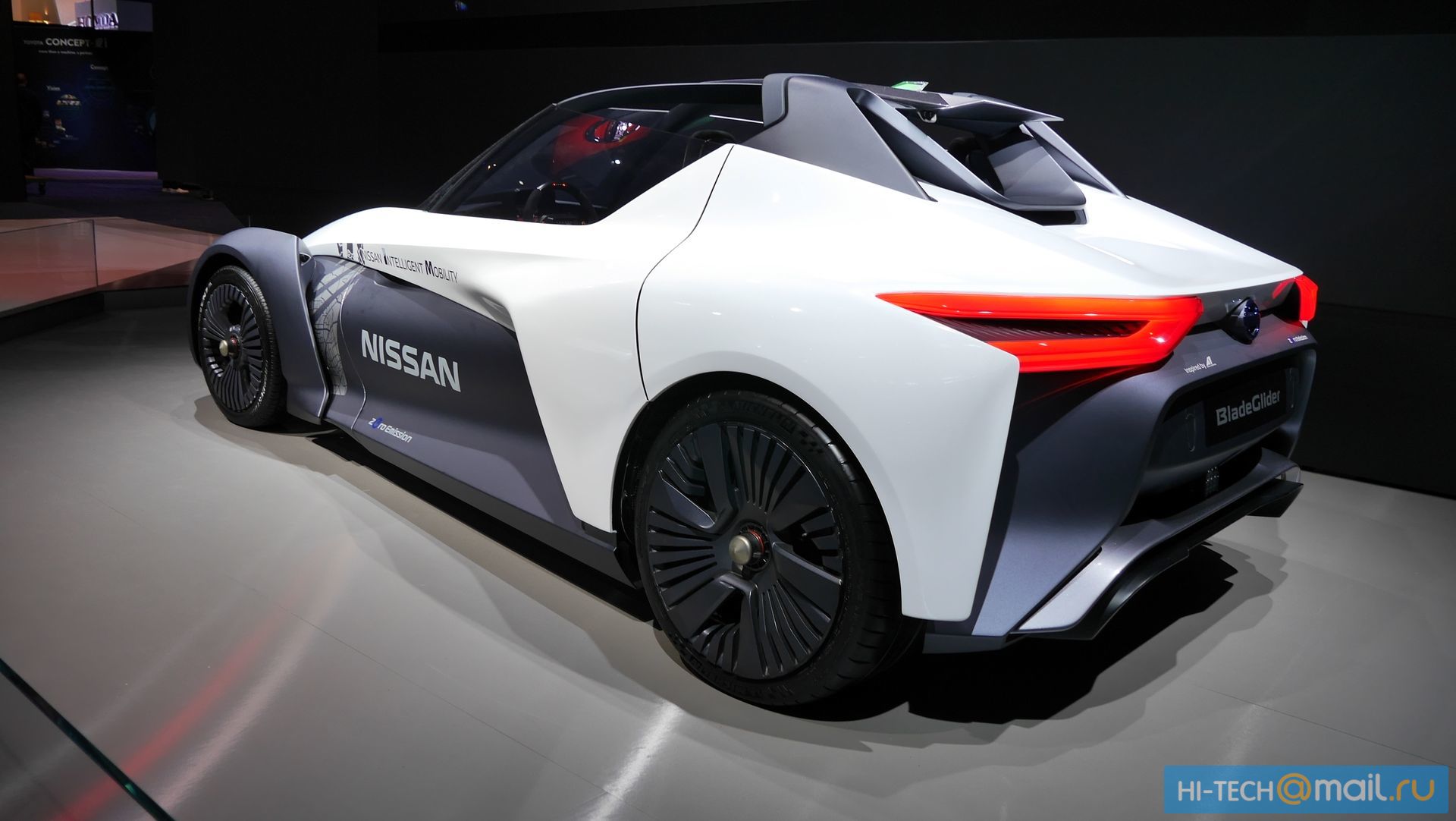

Volkswagen ID electric car concept:




In the unmanned version will be sold from about 2025. When autopilot is activated, the steering wheel will fold and retract into the panel.
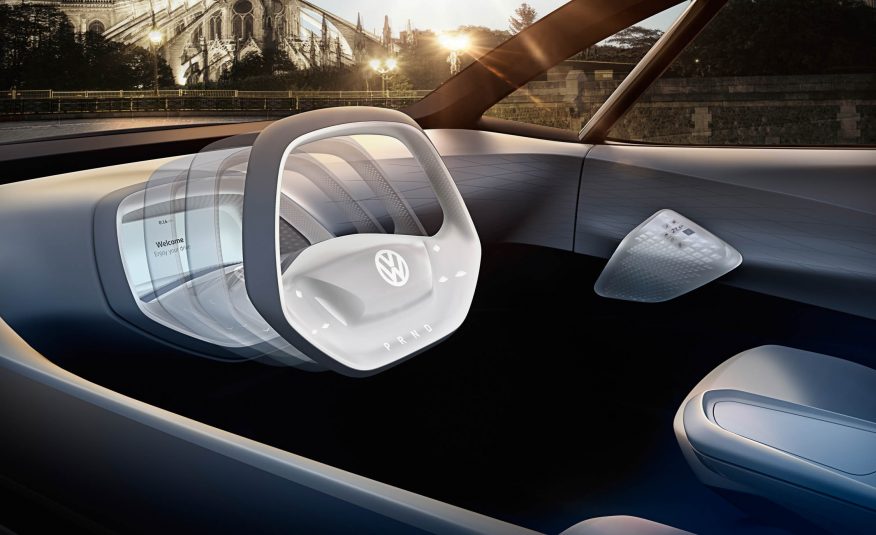
Honda NeuV electric car concept:
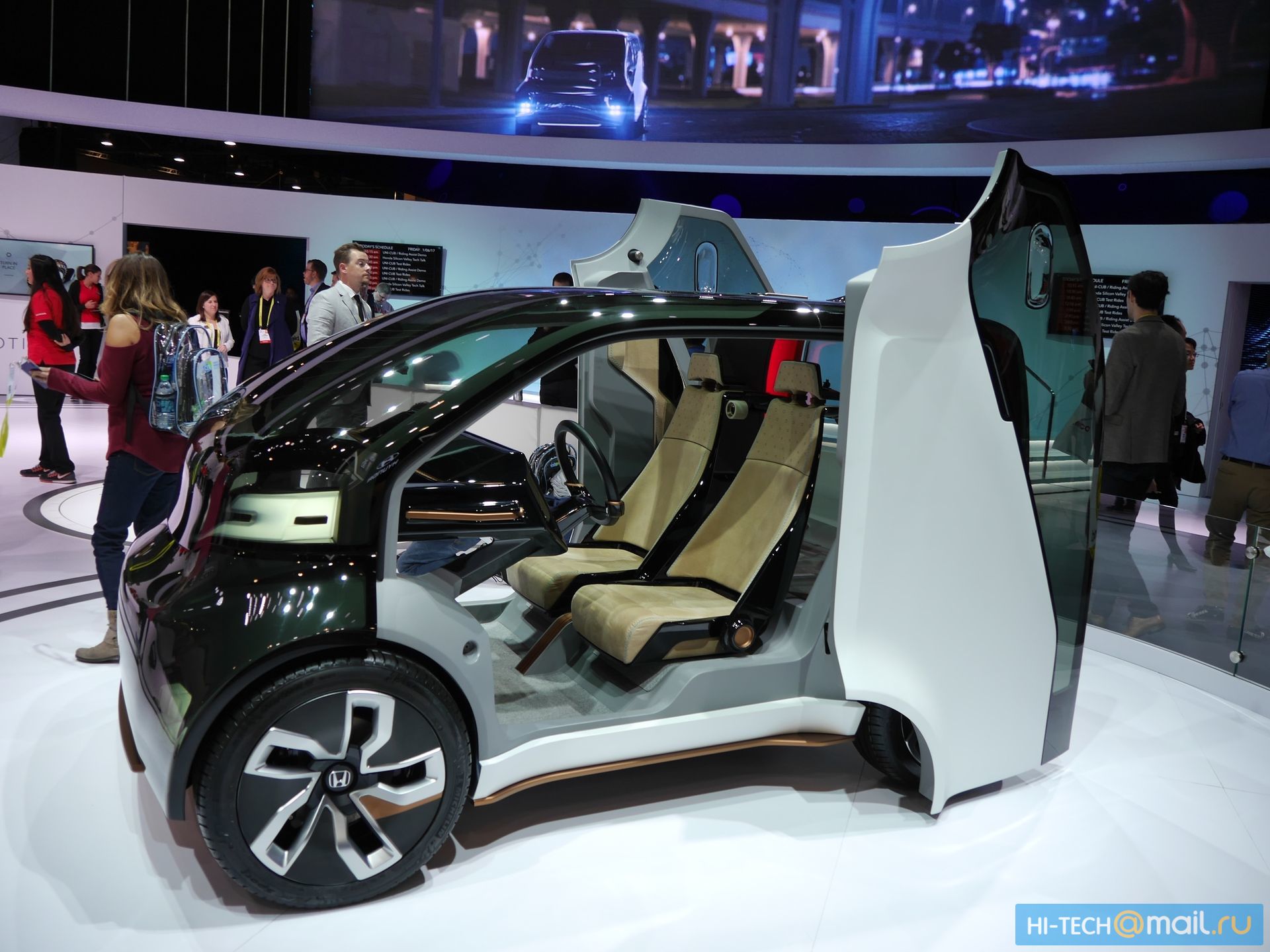


The built-in AI named Hana remembers which cafes the owner of the car likes, registers the driver’s disturbed behavior using sensors embedded in the seat, recognizes the expression of pleasure or displeasure on the face, and based on this data, can suggest staying at your favorite cafe to raise your spirits. And it can even order coffee online so that it is ready for arrival.
* * *
If humanity does not cover the unpredictable consequences of creating a strong AI, then our children will probably look at gasoline cars as uncomfortable, impractical, dangerous, exhausted devices for
Source: https://habr.com/ru/post/370047/
All Articles